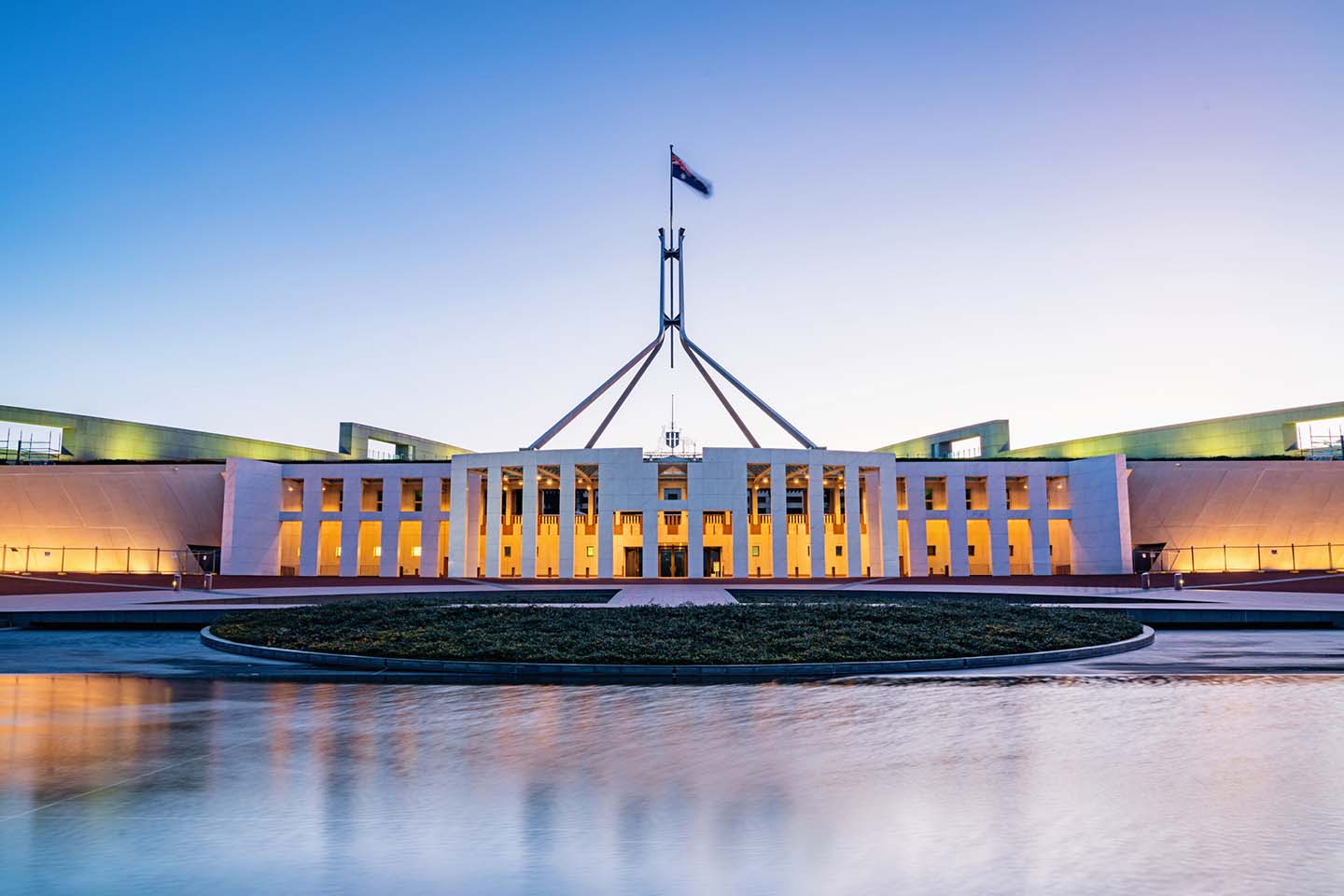Last night’s Federal Budget—the new Government’s first—was delivered in the face of significant geopolitical events, cost of living pressures and global economic challenges.
Engineers Australia was in Canberra for Budget night advocating for the profession and analysing all things engineering related, including skills, infrastructure and migration. The Budget follows the Government’s recent jobs and skills pre-summit round tables where Engineers Australia CEO Romilly Madew AO participated.
Ms Madew says engineers will be at the forefront in helping to deliver Australia’s economic recovery, building resilient communities and responding to global instability.
“The challenges outlined by the Treasurer require significant action by the engineering profession to problem-solve some of the toughest issues facing communities across Australia.”
Engineers Australia welcomes Budget investment in infrastructure, migration and skills, which include:
- Total investment in transport infrastructure in this Budget is $55 billion over the forward estimates for new and existing projects.
- $12.9 million has been committed for the establishment of Jobs and Skills Australia and $550 million is being contributed to a $1 billion 12-month skills agreement that will support access to the 180,000 fee-free TAFE and vocational education places.
- 20,000 Commonwealth-supported university spots for domestic students will be created in the next two years in areas experiencing skill shortages, which includes 1738 additional engineering places.
- Planning levels for the 2022/23 migration program will increase to 195,000 places from 160,000 last year to help ease workforce skills shortages.
- In addition, the Government’s promised a Migration Strategy that focuses on growing Australia’s economy and attracting highly skilled workers.
Ms Madew says addressing the engineering skills gap will be important for the successful delivery of infrastructure projects and Engineers Australia looks forward to working with the Government to overcome this challenge.
“With 58 per cent of Australia’s engineering workforce born overseas, skilled migration will remain essential to the nation’s engineering capability in the short and medium term, therefore the increase in places is welcome.
“The Government’s promised Migration Strategy focuses on growing Australia’s economy and attracting highly skilled workers. This unlocking of migrant potential and providing clearer pathways to permanent residency is vital to ensure Australia remains a destination of choice for skilled migrants, particularly as the global demand for engineering skills increases and other nations turn to migration to shore up their supply.
“The announcement of 20,000 Commonwealth-supported university spots for domestic students including engineering is also a positive step in shoring up the profession’s workforce pipeline.”
The Budget’s key numbers include:
- The deficit for the 2022/23 financial year is now forecast to be $36.9 billion, which is an improvement of $41.1 billion.
- The economy is expected to grow by 3.25 per cent this financial year, before slowing to 1.5 per cent growth in 2023/24, one percentage point lower than what was forecast in the previous Government’s last Budget in March.
- The unemployment rate is expected to be 4.5 per cent in 2023/24 and 2024/25.
- Inflation is expected to peak at 7.75 per cent later this year, reducing to 3.5 per cent through 2023/24.
- A government spending audit helped identify $22 billion in savings over the next four years, including Labor’s election commitment to reduce spending on external contractors, consultancies, advertising, travel and legal services (expecting to save $3.6 billion).
- While wages are growing, this is tempered by rising electricity prices and grocery bills, however when inflation moderates, real wages are expected to start growing again in 2024.
Treasurer Dr Jim Chalmers said Budget measures strengthen buffers against economic adversity and deliver on the Government’s commitments. These include cheaper childcare and more paid parental leave; fee-free TAFE and more university places; cheaper and cleaner energy; and a future “made in Australia.”
Major initiatives announced in the Budget included:
- A $7.5 billion five-point plan that delivers targeted cost-of-living relief, including cheaper childcare for more than 1.2 million families, progressively expanding paid parental leave to six months by 2026, cheaper medicines by reducing the Pharmaceutical Benefits Scheme maximum general co-payment, a new National Housing Accord to build more affordable homes and supporting wage increases.
- 20,000 new university places over the next two years for students from disadvantaged backgrounds, including 1738 engineering places.
- Fee-free TAFE and vocational education places—180,000 places in 2023.
- Energy efficiency grants for small businesses.
- Growing defence funding beyond two per cent of GDP over the forward estimates.
- Cutting taxes on electric cars, building a national electric vehicle charging network and hydrogen refuelling stations and solar battery storage for up to 100,000 homes.
- Planning levels for the 2022/23 migration program will increase to 195,000 places from 160,000 last year to help ease workforce skills shortages.
- In addition, the Government’s promised a Migration Strategy that focuses on growing Australia’s economy and attracting highly skilled workers.
- $12.9 million has been committed for the establishment of Jobs and Skills Australia and $550 million is being contributed to a $1 billion 12-month skills agreement that will support access to the 180,000 fee-free TAFE and vocational education places.
Ms Madew said the Budget’s cost-of-living relief measures, including the Government’s upgrades to parental leave and childcare subsidies will assist women who are assessing the financial viability of remaining in, or returning to, the engineering workforce.
“Engineering is the largest employer of the STEM professions yet has the lowest number of women at just 13 percent of Australia’s engineering workforce. Boosting women's workforce participation is critical in addressing skills shortages in the engineering profession.”

